
Accidents happen
It’s true—and according to the National Safety Council (NSC), they’re happening with increasing frequency. Unintentional, preventable injuries claimed a record number of lives in 2016 and were the third-leading cause of death. While experts attribute most of that increase to poisoning deaths fueled by opioid overdoses, there are some surprisingly benign-sounding items that lead to a few thousand injuries every year.
“Unfortunately, many household items can be dangerous when not kept in good working order or used improperly,” says Becky Turpin, director of home and community safety for the NSC.
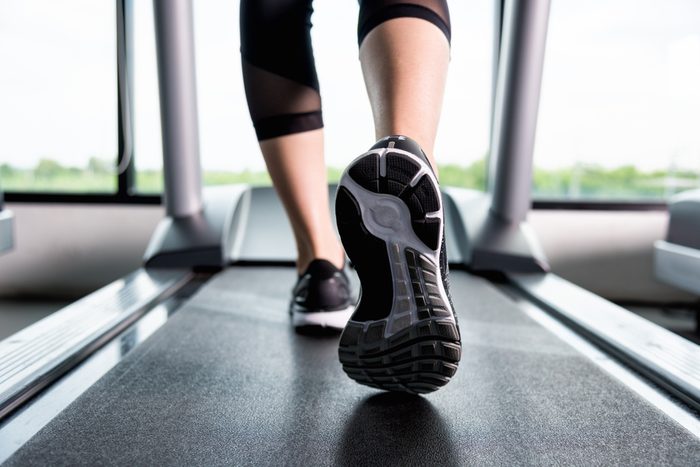
Exercise equipment
It’s the very definition of ironic that the stuff that’s supposed to help keep you healthy is responsible for more than 526,000 injuries in 2017. Most people don’t consult a doctor or other professional before starting an at-home exercise regimen, and that can lead to pushing too hard too fast, or improper use of equipment.
The leading offender? Running on a treadmill. An analysis of 2016 ER visits reported to the National Electronic Injury Surveillance System (NEISS) found that treadmills were involved in a third of total exercise-related injuries. Here’s something that can actually reduce your risk of falls.
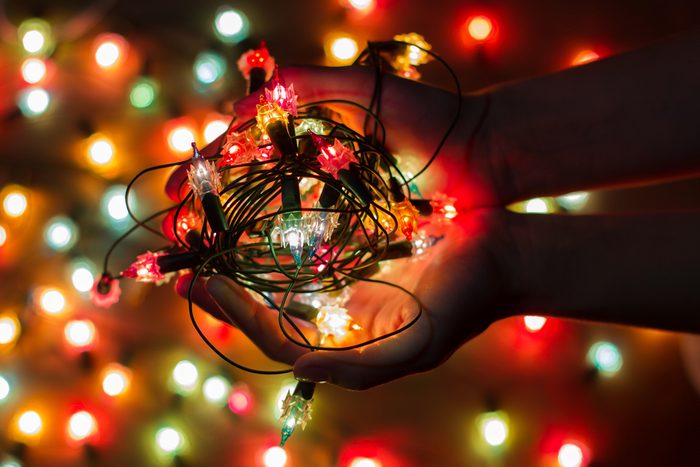
Holiday and party decorations
Despite evidence showing it might make you happier to start decorating on the early side, you’ll also want to use caution: “Holiday-related home items and party supplies” accounted for an estimated 23,279 injuries in 2017. Things like party lights and candles can be fire hazards, especially if they haven’t been stored properly.
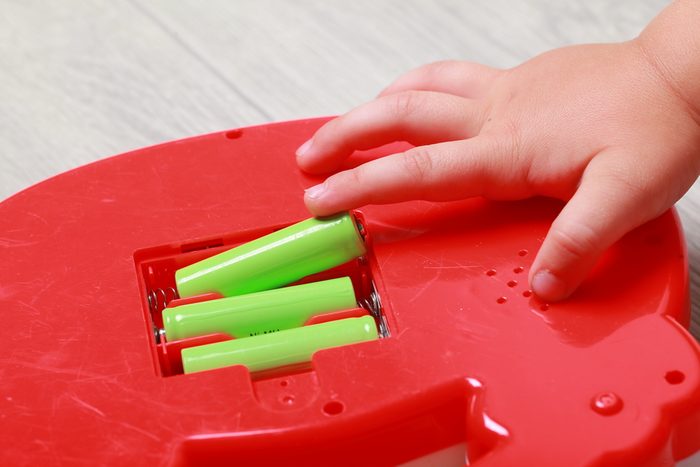
Toys
Mom was right: It is all fun and games until someone gets hurt. Toys accounted for an estimated 251,366 injuries in 2017, according to the Consumer Product Safety Commission’s National Electronic Injury Surveillance System.
Batteries, especially the small button-sized kind often used in electronic devices, can be deadly accessories if swallowed. “They burn a hole in the esophagus rather quickly,” says Diane P. Calello, MD, executive and medical director of the New Jersey Poison Information and Education System at Rutgers–New Jersey Medical School in Newark. In case of potential poisoning, be sure to call the national Poison Help hotline at 1-800-222-1222 or text POISON to 797979.
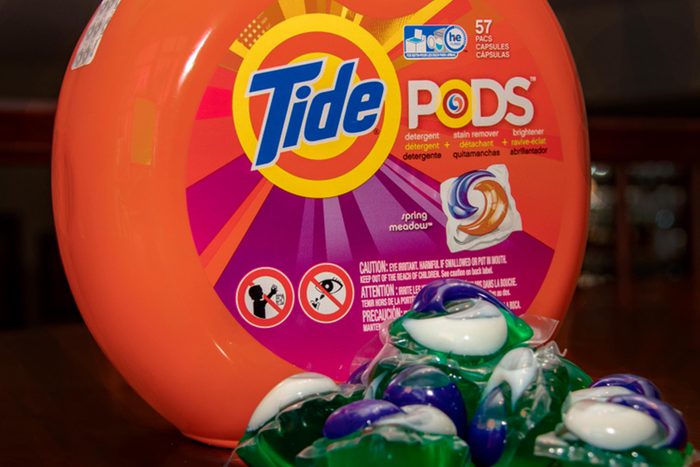
Laundry detergent
Hopefully, this fad has passed: The Tide Pod Challenge got a lot of press when teens decided to eat the detergent-filled pods. Unfortunately, the colorful candy-like pods are extremely appealing to younger kids. The pods contain a concentrated chemical cleaner and are packaged in such a way that they’re meant to break open when they come into contact with moisture. “They basically explode,” says Calello.
And they don’t have to get in your mouth to do major damage. Clare Bohrer, a 28-year-old living in Manhattan, New York, had a laundry pod snag on the edge of the washing machine and squirt into her eye. Five days after an ER visit and plenty of agony, her cornea is mostly healed but her vision still isn’t 100 percent. “It was painful to move, cry, blink, and even open my good eye,” she says. These are the 5 things you should never do in an emergency.
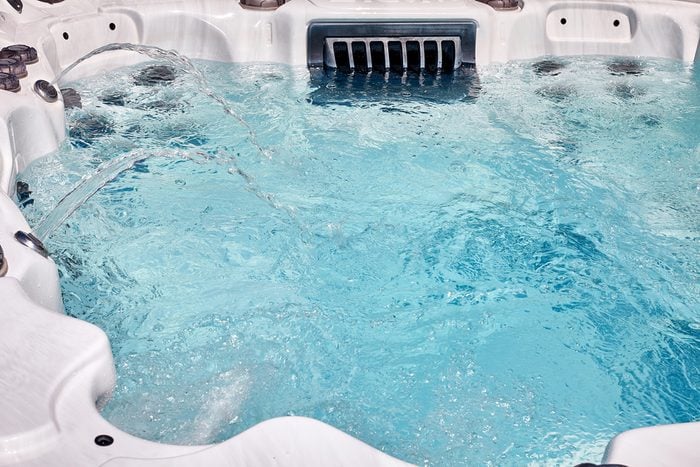
Hot tubs
They’re lovely apres ski or for a romantic evening, but they’re also dangerous. A report published earlier this year in the CDC’s Morbidity and Mortality Weekly Report found that a full third of waterborne germ outbreaks occurred in hotel pools or hot tubs. Many of the pathogens that cause these infections can withstand chlorine, the chemical routinely used to kill water-dwelling microorganisms, and can cause serious infections. Here are 8 more reasons to think twice about hot tubbing.
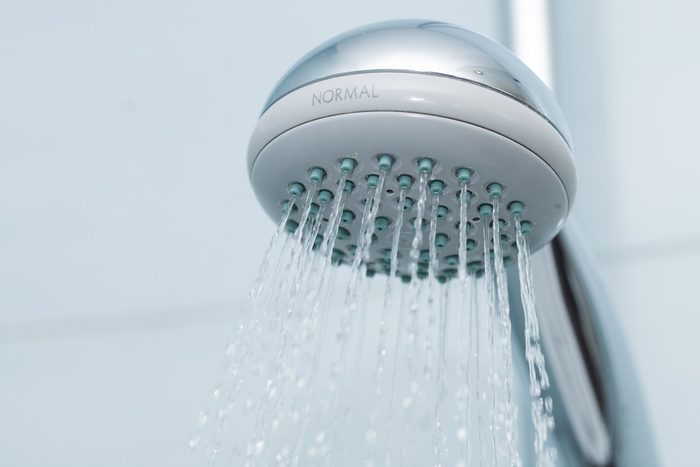
Showerheads
Even if you avoid the germy hotel hot tub, you might want to think twice before using that extendable showerhead in the tub. University of Colorado Boulder researchers found that contaminated showerheads could be helping spread nontuberculous mycobacteria (NTM), a pathogen responsible for a tuberculosis-like lung infection. Properly (and regularly) cleaning your showerhead is a good precaution. Don’t miss these hidden dangers in your home you should never ignore.
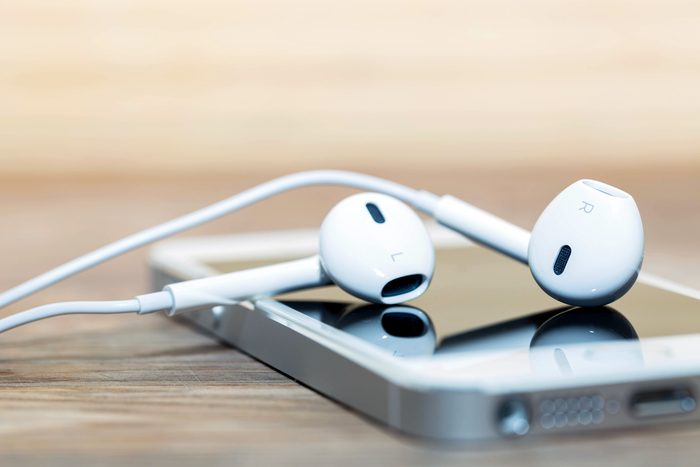
Headphones
Blasting music in your earbuds doesn’t only pose a risk to your hearing. Experts attribute a portion of the sharp rise of pedestrian deaths—an average of 16 pedestrians were killed on U.S. roads every day in 2016—to distracted walking, according to the National Transportation Safety Board. Some U.S. cities are even outlawing wearing headphones while crossing the street.
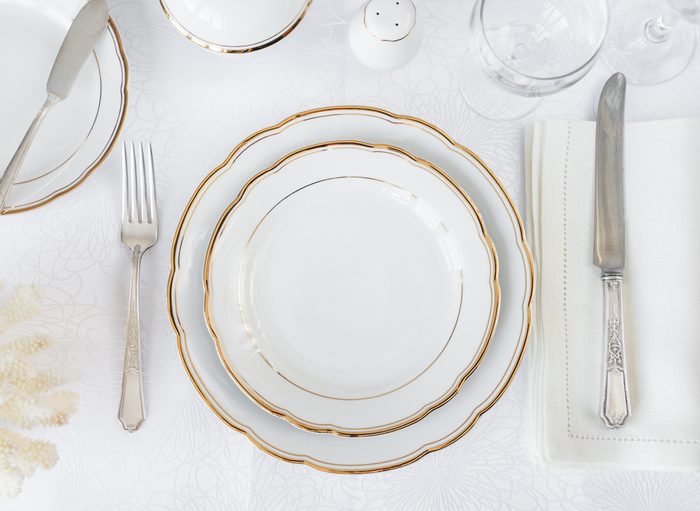
Place settings
They didn’t tell you this when you registered for that 16-piece bone china set for your wedding, but tableware is second only to knives in terms of kitchen danger. Bowls, plates, and serving trays sent 90,577 patients to ERs last year, according to data analyzed from the National Electronic Injury Surveillance System. Even drinking glasses aren’t safe, racking up 56,433 ER visits on their own. Find out the 10 everyday emergencies you should know how to manage.

Pizza
Say it ain’t so! Everyone’s favorite pie is alone responsible for an estimated 2,300 ER visits a year, according to the U.S. Consumer Product Safety Commission. We’re talking burns from piping-hot cheese, cuts from faulty pizza wheels, and even pizza-associated falls. (We’re not really sure how that even happens.)
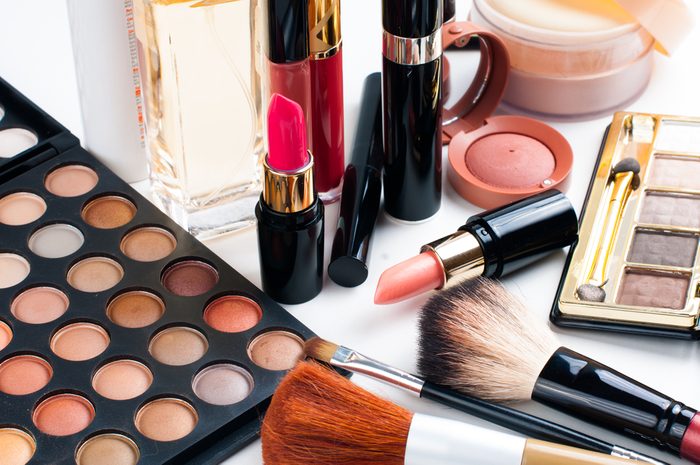
Cosmetics
What has the world come to when even beauty products betray us? But those innocent-looking compacts and tubs can look like candy to kids. Hair products are the worst of the lot, according to Calello. “Compounds used to curl or straighten hair are often pretty concentrated lye,” she says.
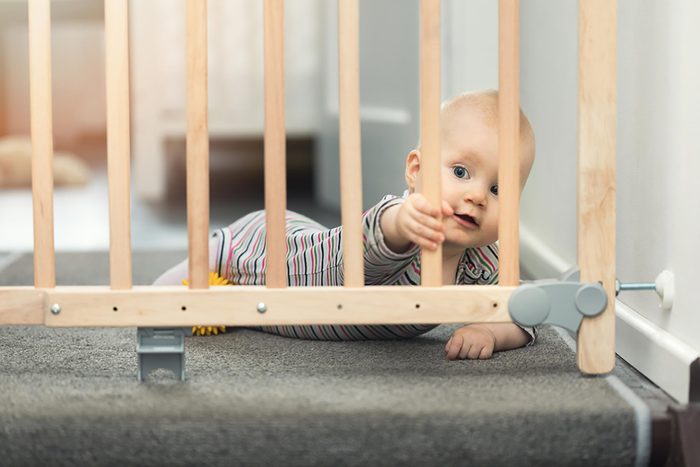
Stay safe
“The National Safety Council encourages everyone to be aware of hazards in the home and take the appropriate precautions,” says Turpin. “Understanding you and your family’s risk is the first step to prevention. Taking even a couple of moments each day to think about and prioritize the safety in each of your activities can go a long way to keeping each other safe.” Next, don’t miss these other accidents waiting to happen at home—and how to avoid them.